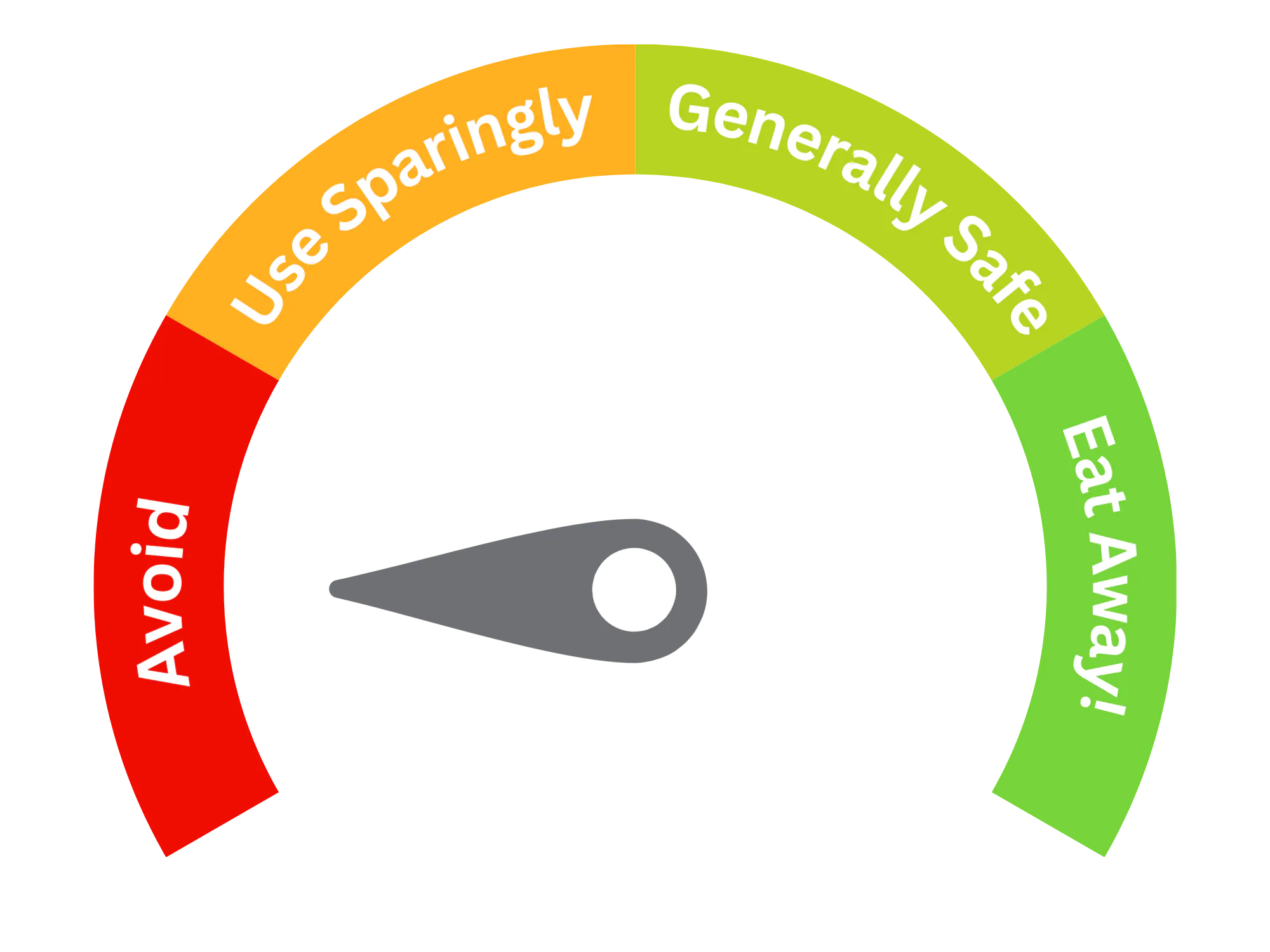Sodium Propylparaben (E217)
| Type of additive (Glossary) | Preservatives |
| E Number | E217 |
| Chemical Formula | C10H12O3 |
| Also Known As | Propyl parahydroxybenzoate Sodium Propyl para-Hydroxybenzoate |

Purpose and Function
Sodium Propylparaben (E217) is the sodium salt of propylparaben, a member of the paraben family of preservatives. It is used in the food industry primarily for its antimicrobial properties, which help inhibit the growth of mold, yeast, and some bacteria, thereby extending the shelf life of various products. Common applications include:
- Confectionery: Occasionally used in candies and sweets to prevent microbial spoilage.
- Baked goods: Applied to pastries, cakes, and other baked items to maintain freshness and inhibit mold growth.
- Dairy products: Found in some acidic dairy products like cheese spreads to prevent microbial contamination.
- Processed foods: Used in sauces, dressings, and other preserved foods to enhance shelf stability.
- Cosmetics and Pharmaceuticals: More frequently utilized in non-food applications such as lotions, creams, shampoos, and certain medications due to its preservative qualities.
Sodium Propylparaben (E217) functions similarly to other parabens, providing effective preservation without significantly altering the flavor or texture of the food products.
Potential Risks and Side Effects
Sodium Propyl para-Hydroxybenzoate (E217) is generally considered safe when used within regulated limits, but there are some potential risks and considerations:
- Hormonal Activity: As a paraben, E217 can mimic estrogen in the body, potentially disrupting the endocrine system. Although its estrogenic activity is much weaker than natural estrogen, concerns about its cumulative effects on hormonal balance have been raised.
- Allergic Reactions: Some individuals may experience allergic reactions or sensitivities to parabens, including skin irritation, rashes, or respiratory issues. These reactions are relatively rare but possible, especially in sensitive individuals.
- Formation of Benzene: When Sodium Propylparaben (E217) is used in combination with ascorbic acid (vitamin C) under certain conditions (such as exposure to heat and light), there is a potential for the formation of benzene, a known carcinogen. However, regulatory agencies have set strict limits on its usage to minimize this risk.
- Regulatory Restrictions: Due to safety concerns, E217 is not widely approved for use in food products in many regions, including the European Union and the United States. Its usage is more common in cosmetics and pharmaceuticals, where different regulatory standards apply.
